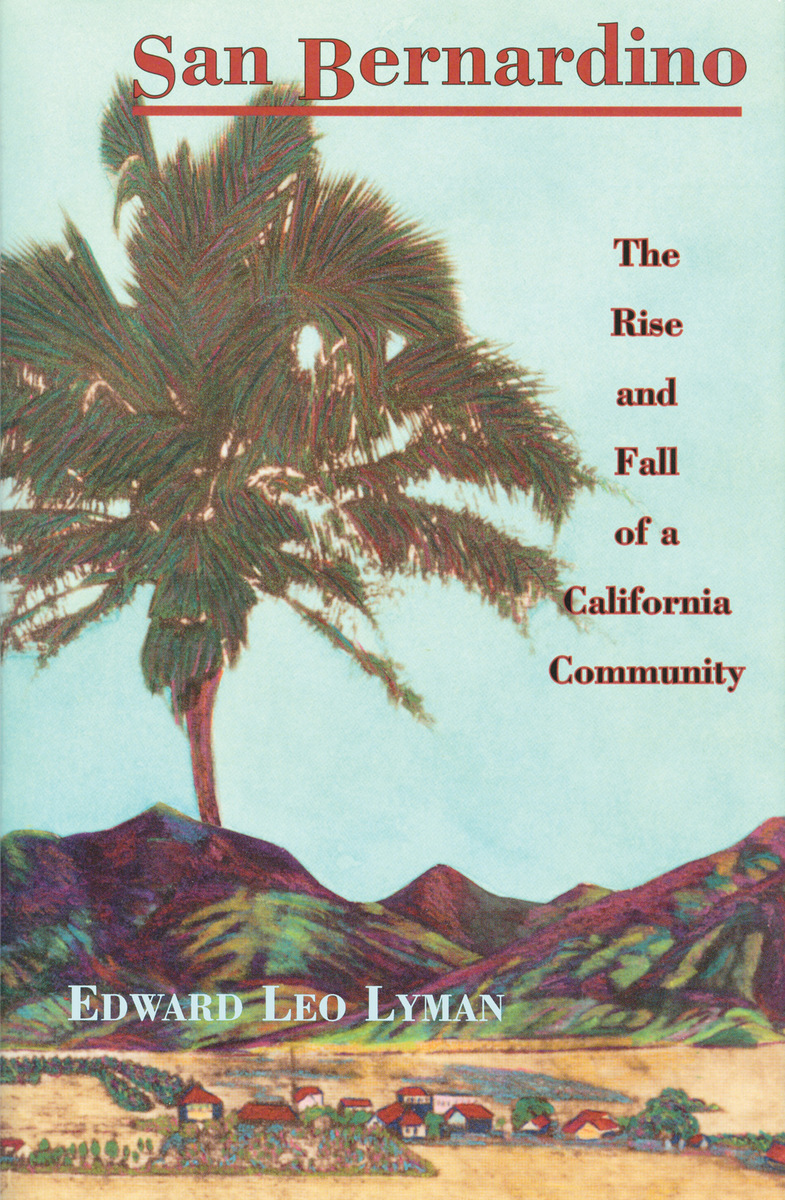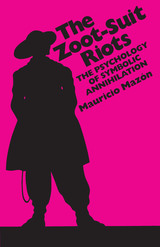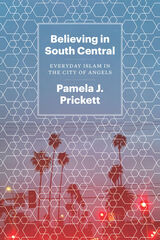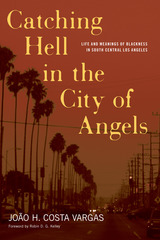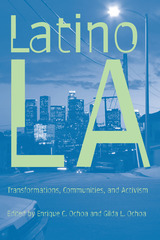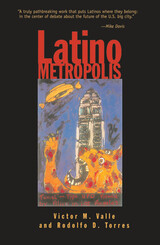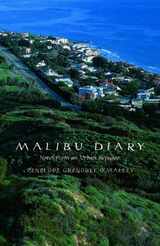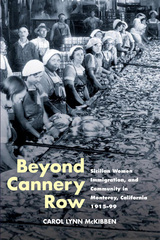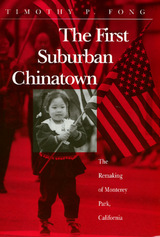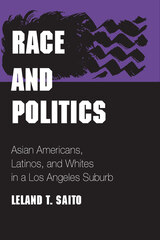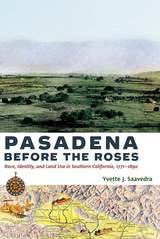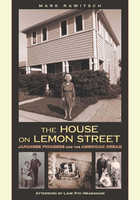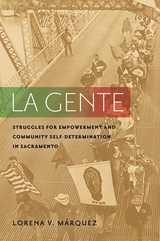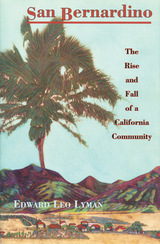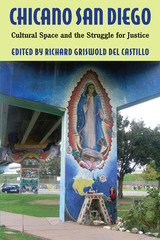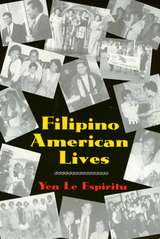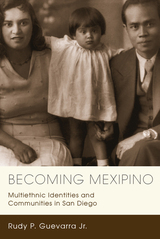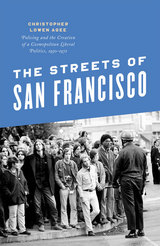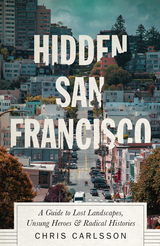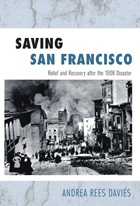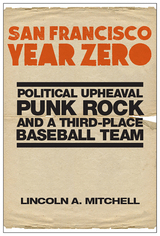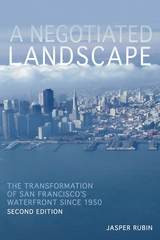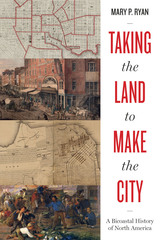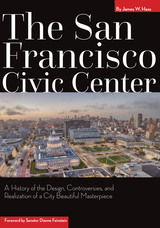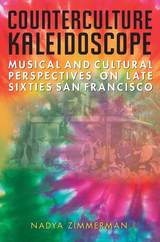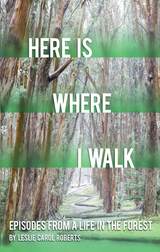eISBN: 978-1-56085-361-9 | Cloth: 978-1-56085-067-0
Library of Congress Classification F869.S18L96 1996
Dewey Decimal Classification 979.495
From the beginning, Young had misgivings about the colony. Particularly perplexing was the mix of atypical Latter-day Saints who gravitated there. Among these were ex-slave holders; inter-racial polygamists; horse-race gamblers; distillery proprietors; former mountain men, prospectors, and mercenaries; disgruntled Polynesian immigrants; and finally Apostle Amasa M. Lyman, the colony’s leader, who became involved in spiritualist seances.
Despite Young’s suspicions, when he issued the call to relocate to Utah, two-thirds of the city’s 3,000 residents dutifully obeyed, leaving behind their cumulative fortunes and a city stripped of its regional economic standing. Recounting this remarkable story, Edward Leo Lyman skillfully interweaves the most intriguing details about the setting and chain of events, emphasizing both the significance and irony of this diverse legacy.
See other books on: Church of Jesus Christ of Latter-day Saints (Mormon) | Fall | Latter Day Saints | Lyman, Edward L. | Mormons
See other titles from Signature Books
